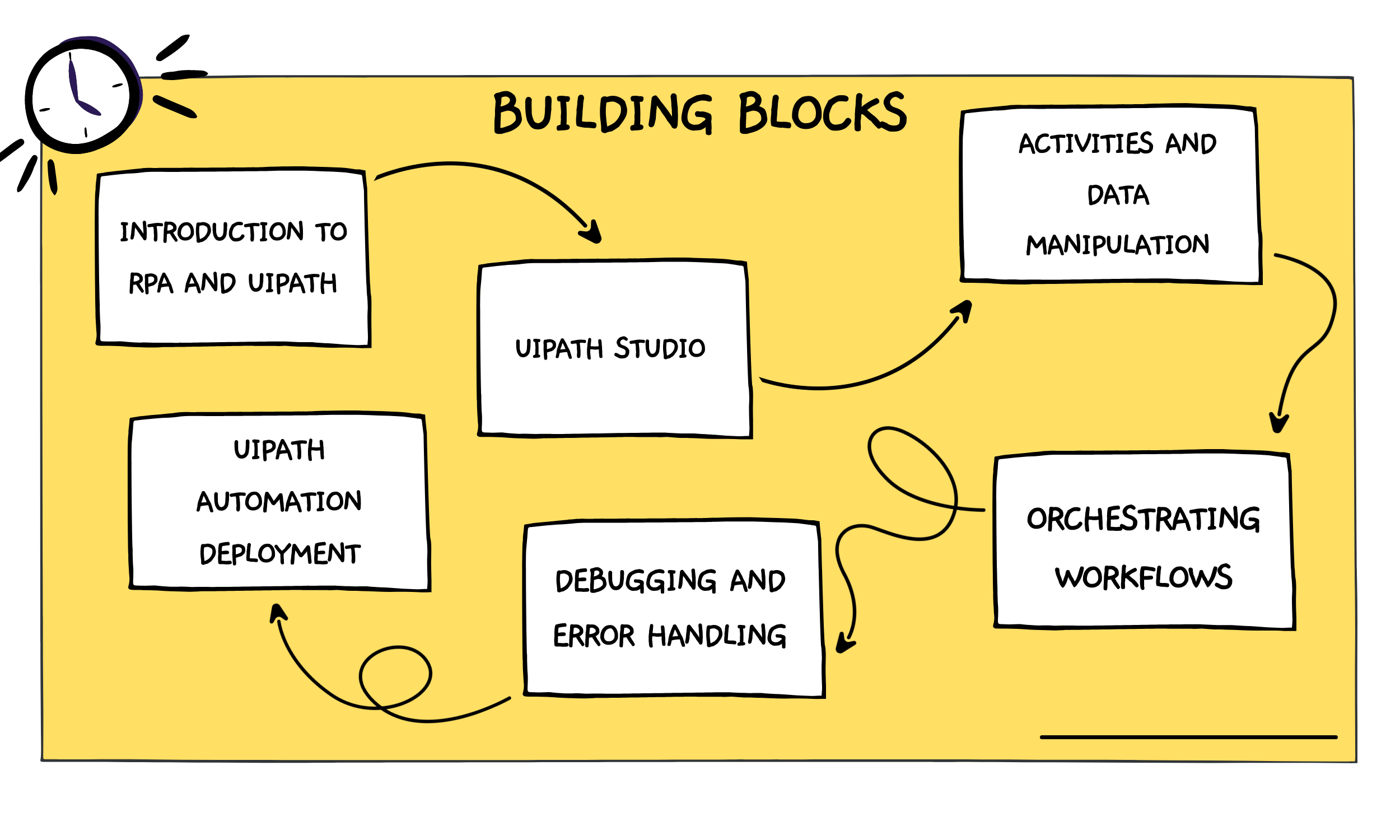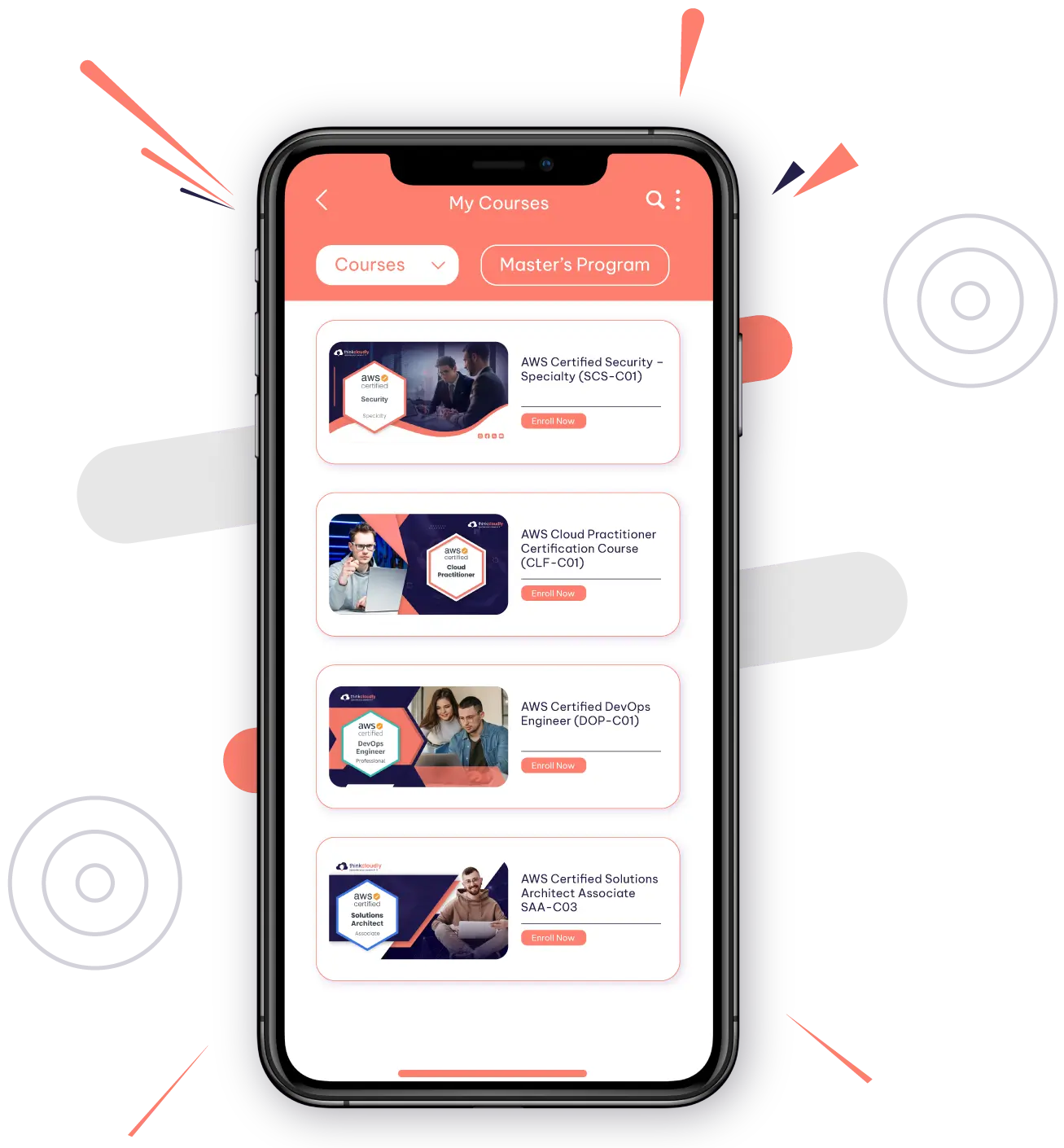In the fast-paced digital world, Robotic Process Automation (RPA) has emerged as a transformative technology, revolutionizing how businesses streamline their operations. UiPath, a leading RPA platform, empowers organizations to automate mundane and repetitive tasks, allowing employees to focus on more value-added activities. If you’re looking to embark on a journey into the world of UiPath training, this blog post will serve as your guide to understanding the basics of UiPath training and setting a strong foundation for your RPA skills. Let’s dive into the essentials of UiPath training and explore how it can unlock a world of opportunities in the realm of automation.
The foundational building blocks of UiPath training, it’s crucial to stay updated with the latest industry trends and best practices by actively participating in UiPath webinars. These webinars serve as invaluable resources, offering insights into advanced automation techniques, emerging technologies, and real-world use cases, which can further enhance your UiPath skills and keep you at the forefront of automation innovation.
What is UiPath Training?
UiPath training is a comprehensive learning program designed to equip individuals with the skills and knowledge required to become proficient in UiPath and RPA. The training focuses on understanding the core concepts of RPA, mastering the UiPath platform, and developing the necessary skills to create and deploy automation solutions.
Building Blocks of UiPath Training:
- Introduction to RPA and UiPath: A solid UiPath training begins with an introduction to RPA and its benefits. You will learn how RPA technology works, its applications across various industries, and the advantages it brings to businesses. This section also provides an overview of UiPath as a leading RPA platform and its key features.
- UiPath Studio: UiPath Studio is the heart of the UiPath platform, where you design and develop automation workflows. In UiPath training, you will become familiar with the Studio’s user interface, navigation, and the various components it offers. You will learn how to create and manage projects, design automation workflows using drag-and-drop activities, and configure properties to achieve desired outcomes.
- Activities and Data Manipulation: UiPath provides a rich library of pre-built activities that perform specific tasks within automation workflows. In this training phase, you will explore the extensive range of activities and learn how to leverage them to interact with applications, handle data manipulation, perform calculations, and manage variables.
- Orchestrating Workflows: As you progress in UiPath training, you will gain expertise in orchestrating complex workflows. This involves designing Uipath automation processes that interact with multiple applications, handle exceptions and errors, make decisions based on conditions, and loop through data sets. You will also explore best practices for structuring workflows and creating reusable components.
- Debugging and Error Handling: An essential aspect of UiPath training is learning how to effectively debug and handle errors in automation workflows. You will understand techniques for identifying and resolving issues, setting up breakpoints, using debugging tools, and implementing error-handling mechanisms to ensure robust and reliable automation solutions.
- UiPath Automation Deployment: UiPath training also covers the deployment of automation solutions created in UiPath Studio. You will learn how to publish, schedule, and execute workflows using UiPath Orchestrator—a centralized platform for managing, monitoring, and scaling automation across multiple machines.
As you are planning for the UiPath then you should know some best practices and optimization. Let’s dive.
UiPath Best Practices and Optimization:
When working with UiPath, following best practices and optimizing your automation workflows is crucial to ensure efficiency, reliability, and scalability. Here are some UiPath best practices and optimization techniques to consider:
Workflow Design:
- Keep workflows simple and modular by breaking them into smaller, reusable components.
- Use meaningful and descriptive names for activities, variables, and arguments to enhance readability.
- Utilize annotations and comments within the workflow to provide clarity and documentation.
- Implement error handling and exception handling mechanisms to gracefully handle errors and exceptions.
Variables and Data Handling:
- Minimize the use of global variables and use them only when necessary to prevent clutter and potential conflicts.
- Scope variables at the lowest level required to improve performance and memory usage.
- Avoid unnecessary conversions and transformations of variables unless explicitly required.
- Dispose of variables and release resources when they are no longer needed.
Selecting the Right Activities:
- Choose the most suitable activities for each task to ensure optimal performance.
- Use specialized activities whenever available, as they are designed for specific purposes and often offer better performance.
- Be mindful of activities that interact with external applications and prioritize native integration activities over generic methods.
Data Manipulation and Loops:
- Optimize data manipulation by utilizing built-in methods and functions provided by UiPath.
- Leverage bulk operations and parallel processing whenever applicable to improve efficiency.
- Use the appropriate loop activities (such as For Each or While) based on the specific requirements of your automation.
Exception Handling:
- Handle exceptions at the appropriate level and provide meaningful error messages for easier troubleshooting.
- Implement structured exception handling using Try-Catch blocks to handle anticipated errors.
- Utilize the Retry mechanism to automatically retry failed activities in case of transient errors.
Orchestrator Configuration:
- Optimize the scheduling and execution of your automation jobs in UiPath Orchestrator.
- Adjust the number of concurrent jobs and robots based on the available resources and workload.
- Configure logging levels and data retention policies to balance performance and storage requirements.
Testing and Debugging:
- Perform thorough testing of your automation workflows before deploying them to production.
- Use debugging tools and techniques within UiPath Studio to identify and resolve issues.
- Leverage logging activities and output panels to gather detailed information during runtime.
Continuous Learning and Community Engagement:
- Stay updated with the latest UiPath features, updates, and best practices by actively engaging with the UiPath community.
- Participate in forums, webinars, and training programs to expand your knowledge and skills.
- Regularly review UiPath documentation and resources to keep up with new optimization techniques and guidelines.
By incorporating these UiPath best practices and optimization strategies, you can enhance the performance, reliability, and maintainability of your automation workflows, ultimately maximizing the benefits of using UiPath for Robotic Process Automation.
Benefits of UiPath Training:
- Industry-recognized Certification: UiPath offers certification programs that validate your knowledge and expertise in UiPath. By completing UiPath training and earning certifications, you enhance your professional profile and increase your employability in the rapidly growing field of RPA.
- Career Opportunities: UiPath training opens doors to a multitude of career opportunities. As organizations embrace automation, the demand for skilled UiPath professionals continues to rise. By acquiring UiPath skills, you position yourself for roles such as RPA developer, automation consultant, solution architect, or process analyst.
- Increased Efficiency and Productivity: UiPath training empowers you to automate mundane and repetitive tasks, allowing businesses to achieve higher efficiency and productivity. By eliminating manual interventions and reducing human error, you enable organizations to focus on value-added activities and strategic initiatives.
Conclusion:
UiPath training forms the foundation of your RPA journey, equipping you with the essential skills to become a proficient UiPath developer. With a solid understanding of UiPath Studio, activities, workflow design, and deployment, you are well-positioned to automate business processes and drive digital transformation. Embrace the world of UiPath training, unlock the power of automation, and embark on a rewarding career in the rapidly evolving field of RPA. Start your UiPath training online journey today and unleash the potential of intelligent automation.













No comment yet, add your voice below!